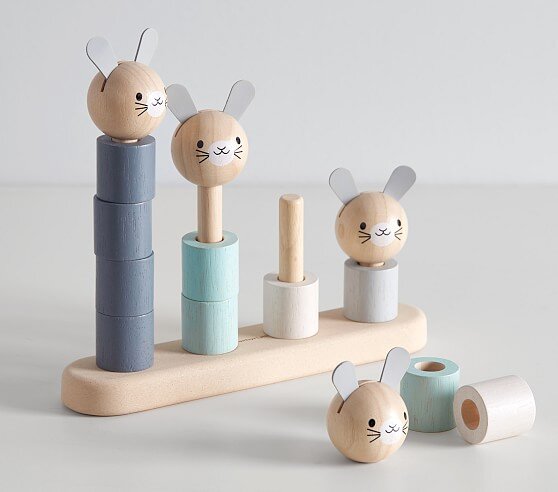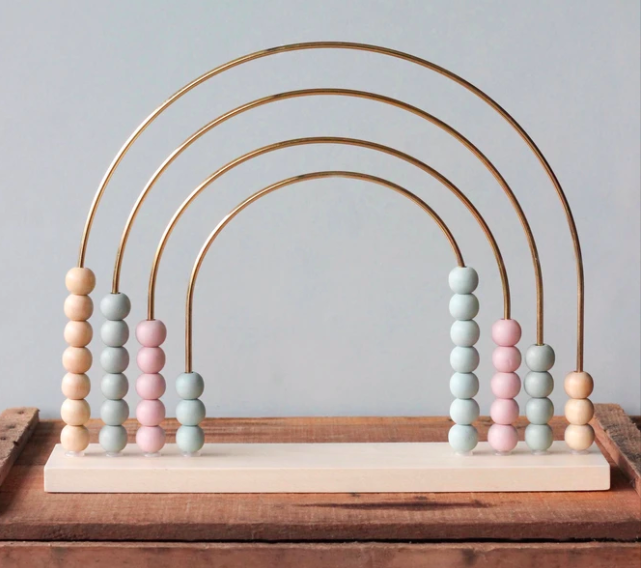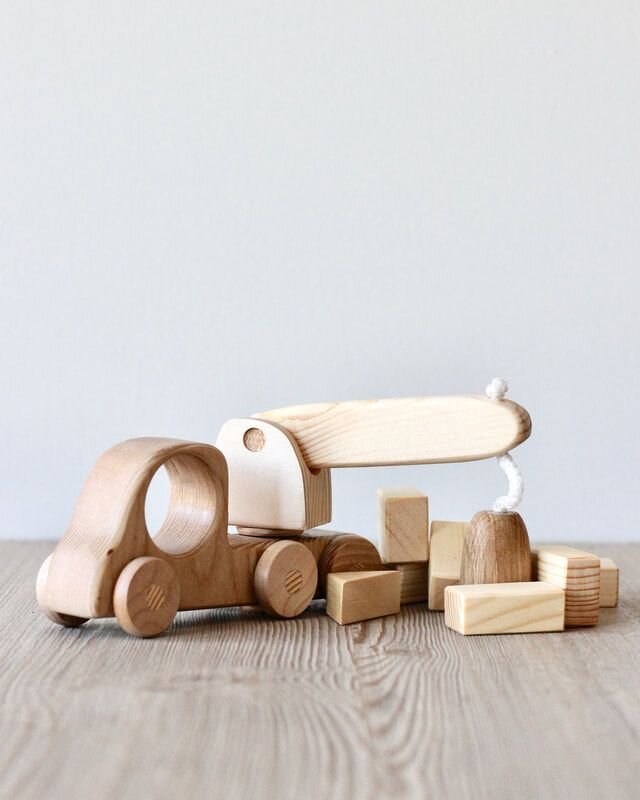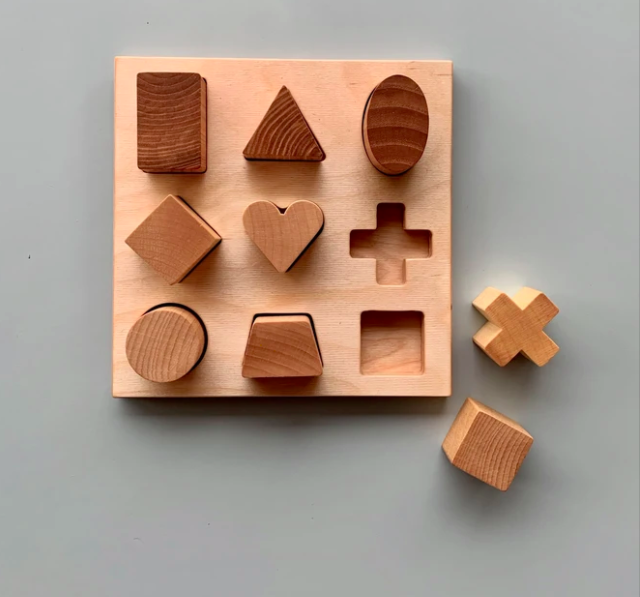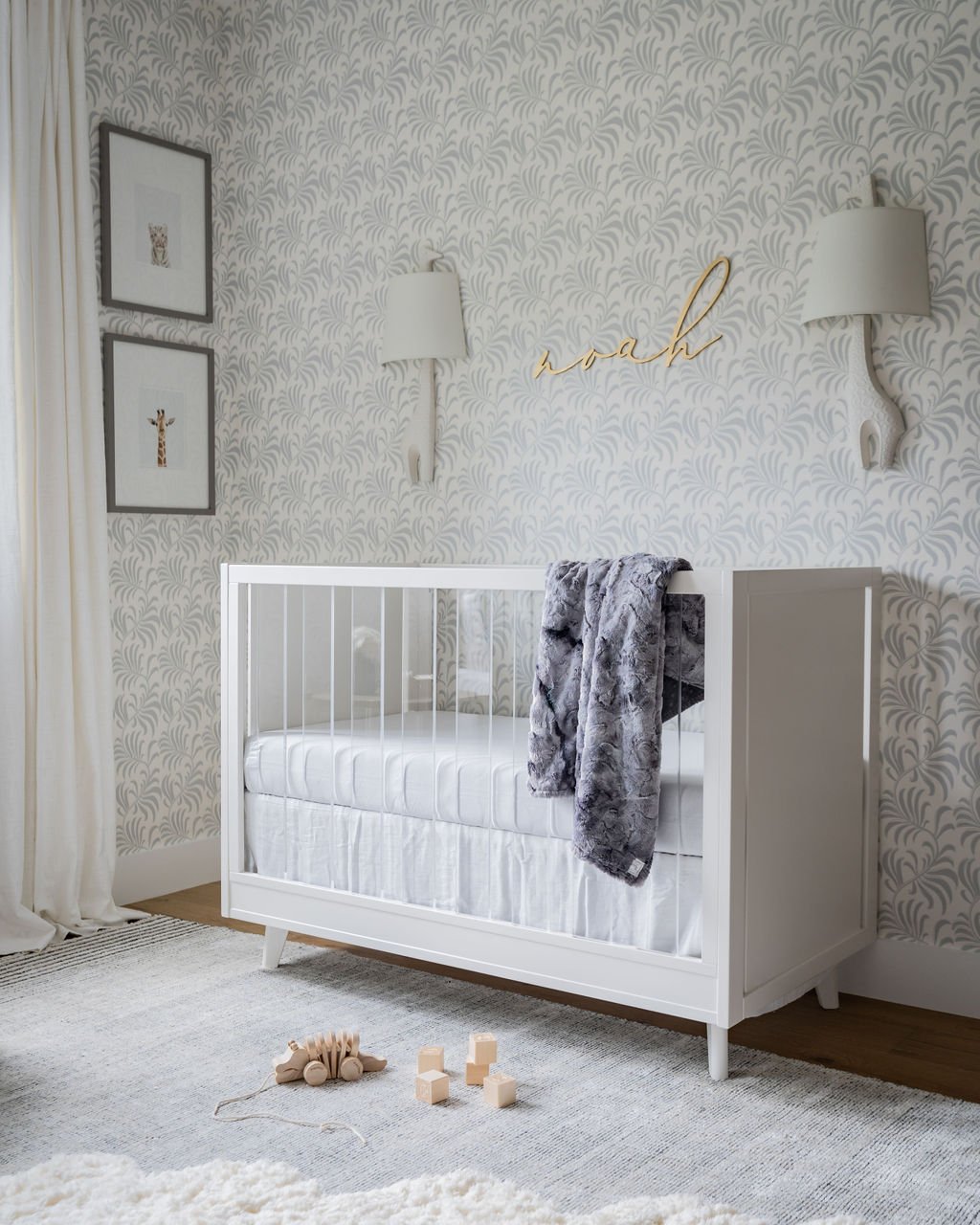CREATING A MONTESSORI INSPIRED PLAYROOM AT HOME
There are many ways to create a playroom for your child. You want the room to be inviting and functional for children, so they are motivated to develop and hone their skills. Perhaps you want the playroom to have a simplistic feel, instead of splashes of bright colors on the walls, too many patterns and toys in every corner. Maybe you've thought about creating a Montessori feel? Even if your child doesn't attend a Montessori school, you can still design a space that incorporates the method. You can develop a learning space that is inviting, engaging, and inspires your child, meeting your child's needs every step of the way.
First, let's briefly talk about Maria Montessori, who was the first female Italian doctor, and who developed the method. After understanding how children naturally learn, she developed an educational approach that inspired children's inherently curious minds and motivation to learn. The method takes into account providing hands-on age-appropriate activities and games so children can engage and explore them - however they choose. There are several ideas to consider when creating a Montessori play space, and we've highlighted some of our favorites below.
Neutral colors and a simplistic design are go-to choices for a Montessori room as they are less distracting to children. Also, activities should be placed within your child's view and reach. Not every toy you own should be kept out, so purposefully place toys in organized designated areas and rotate them every week or so to keep your child engaged. Make sure the toys are at eye level for your child and that there is also open space, so your child has the freedom to explore and use the area as they see fit. Add a cozy space for your child to read or simply relax. Offer toys that are engaging to your child and not toys that are simply meant to entertain your child with buttons, music, or lights. Engaging toys allow your child to explore the toys in multiple ways, allowing them to be creative and use their imagination.
Let’s review and break down the setup of your Montessori-inspired playroom.
Choose a neutral color palette and minimal design concept.
Neutral colors around the room and on the walls provide a soothing feel so children are less distracted and have increased concentration. If you’d like to add a bit of color, hang your child’s art on the walls so they can feel proud of their work. Wallpaper can also add a touch of subtle color and depth to a room, and there are many simple designs that won’t overwhelm the senses.
Image from Alexa James
Wallpaper from Ferm Living
Keep toys and activities within reach and at your child’s eye level.
The furniture pieces you choose to keep your child’s activities/toys organized should be just the right height so your children can engage any toy without needing assistance from a parent. You can either choose shelving with a specific Montessori look or add a regular furniture piece that provides the same intentions, but gives it a more at-home feel rather than a classroom.
Image from @bekhalliday
Strategically place toys and activities in an organized fashion.
Organize the toys in a way that it becomes predictable for your child to know where a toy or activity belongs. It creates a routine and sense of control knowing the blocks have a special space. This also helps teach children organizational skills. Incorporate a design that grows along with your child. Books can be placed on low shelves and then move up higher through the years. This can be especially helpful if you have children of different ages or to display some of your books too!
Baskets are helpful to maintain organization and can easily be pulled out onto the floor by your child.
Keep only a few toys and activities out so your child doesn’t become overwhelmed.
Much like the colors in the room, don’t overwhelm your child with multiple toys. It limits your child’s ability to select engaging activities. Start by choosing a select number of age-appropriate toys that your child is most interested in, eliminating toys they no longer play with. The remaining toys can be rotated to keep your child’s interest so they can play with a “new” toy every other week or so.
Activities should be engaging and interactive. Not merely entertaining.
Light up toys may be entertaining for a bit, but most of those toys can’t be used in many different ways. They limit your children’s exploration and creativity which is what you want to enhance! Toys such as wooden blocks, stacking toys or imaginative play allow your child to get creative. Typically, toys made from natural materials, such as wood, are chosen whenever available. A play kitchen or dish washing station adds tons of fun and exploration for children. A wooden block set from Happy Little Folks offers pieces to spark your child’s creativity or a wooden puzzle helps cognitive skills. We love Odin Parker toys shown below.
Create an open space as well as a cozy, relaxing space for reading and other calming activities.
Open spaces allow children to be creative whether that’s through physical movement or they may decide to spread out their activities on the floor. A quiet space for reading and relaxing helps create a sense of calmness in the room that your children can use whenever they need.
A Wiwiurka pikler climbing arch can provide your child with movement activities or a teepee tent also makes a great designated reading area.
If you have a larger space, turn your reading area up a notch and add a design feature such as a custom tiny house or built-in reading nook so your child can enjoy reading and activities in. Maybe even add a sofa so you and your child have a place to sit together.
Room designed by Mint + Pine
Intentionally creating a space for your child helps to foster their development. With minimal age-appropriate toys, your child will be able to flourish in a space that inspires exploration, creativity, and encourages many other developmental areas and skills.
If you are currently working on your own Montessori play space and have a question, please leave it in the comments below and we’ll offer our advice.
Priscilla Avila
Priscilla has worked in the field of social services for ten years, working in programs focused on child welfare. Priscilla has a bachelor's degree in Psychology and a bachelor's degree in Human Development with an emphasis in child development.





